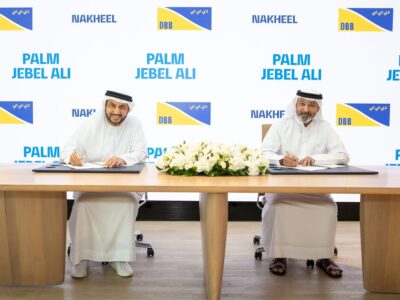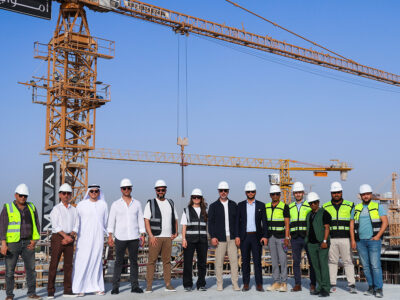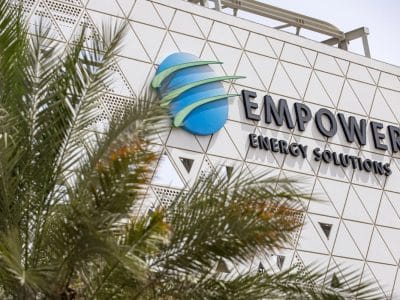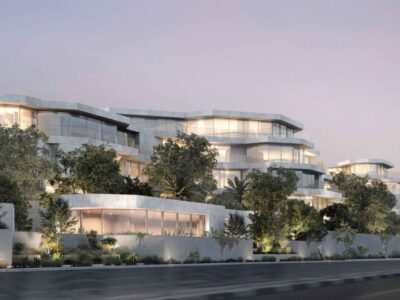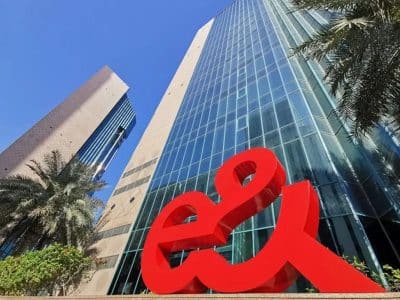Nakheel has revealed its new “flexible” masterplan for The Palm Deira, the largest of the manmade trio of Palm island projects in Dubai.
The world’s largest privately owned real estate developer revealed a “radically changed” and, according to the company, “improved” masterplan for the world’s largest manmade island.
Major revisions to the plan include increasing the land area and beachfront of the development, while shortening the length of the island by 5km from over 17.5km long to 12.5km, in order to make substantial savings on sand volume and construction time, according to a spokesman. “Moving further away from Dubai’s coastline, the depth of the Arabian Gulf increases substantially,” he said.
“The new masterplan sees several fundamental improvements which will benefit residents, investors, tourists and the environment, including increased land area but also reduced sand volume and rock revetment, increased beachfront, reduced construction time, and improved hydraulic performance,” a statement read.
The development will be 7.5 times bigger in area than the Palm Jumeirah and five times bigger than the Palm Jebel Ali. It will stretch 12.5 km into the sea and be 7.5 km wide.
A spokesman added that 1.14 billion cubic meters of sand would be reclaimed with the reclamation process due to be completed by 2013. The construction of the entire Palm Deira project will cover an area of 46 million square metres in total.
“When complete the Palm Deira will be a new landmark city for Dubai in its own right, with a population of more than one million residents,” the spokesman added.
Abdulla bin Sulayem, operations director for the Palm Deira, said that although the plan didn’t have any plans on it for a metro link that this was “just a footprint” and that it was in discussions with the Road Transport Authority (RTA) to produce a “more detailed plan” including “additional infrastructure” and a “light railway network” that would feed into the metro system that is due to be completed in 2009. He added that the RTA and Palm Deira plan would be revealed sometime in 2008.
“We are workling very closely with the RTA and you will see a full plan next year,” he said.
“We need to build an entirely new city and this will take time, but if you look at the project it is the biggest of its kind anywhere in the world,” he said.
“Phase one of the project will include the gateway to the project connecting existing Deira to the Palm. Then will come the central business district facing the iconic feature on the trunk of the Palm.”
Sulayem said Nakheel had not decided what the iconic feature would be or what businesses would sign up for land on the Palm, however phase one reclamation is due to be completed by the end of this year followed by the break water surrounding the island.
“This is not the actual plan but a flexible masterplan because we have to meet Dubai’s demands, things change fast in the market. We have already completed 20% of the reclamation.”
“When complete The Palm Deira will be a major landmark city for Dubai and to ensure it makes the greatest possible contribution to Dubai’s growth, we have created a master plan which has the flexibility to evolve to changing future demands.
“Through continuous extensive studies, we have updated the design and engineering of The Palm Deira in response to several key considerations and market demand,” he added.
Meanwhile Nahkeel has revealed that 94% of land for its ‘World’ project has been reclaimed, while 45% of its 300 islands have been sold to investors.
Nakheel currently has a portfolio of 16 major developments, across a range of sectors, projected to be worth more than US$30bn. Spreading across 2 billion sq ft of land, Nakheel’s projects will add more than 1000km of beachfront to Dubai’s coastline.
